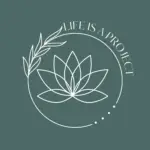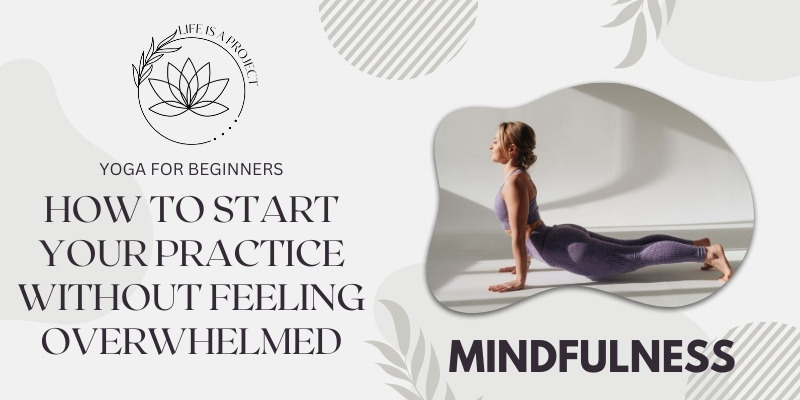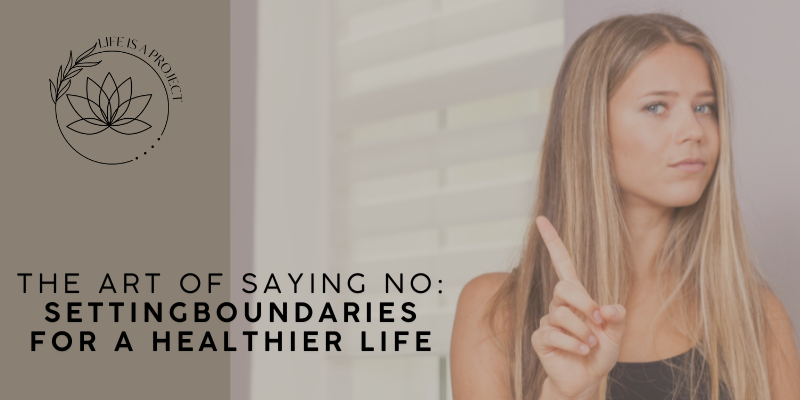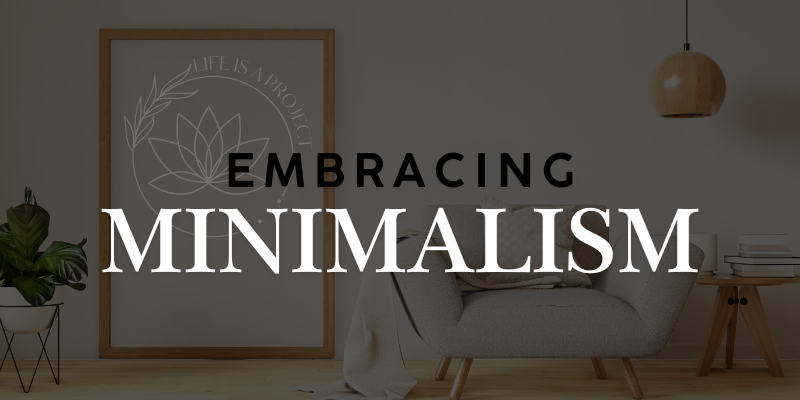Hello, friends! If you’re anything like me, you’ve probably found yourself staring at perfectly posed yoga practitioners on Instagram, wondering if you could ever bend that way without toppling over. I get it. The world of yoga can seem daunting at first—full of intimidating poses, fancy gear, and terms that sound more like a secret language than a path to peace.
But trust me, yoga is more than the advanced poses you see online, and it’s absolutely accessible to everyone, including you! Let me share my beginner’s journey into yoga and offer some practical tips to help you start your own practice without feeling overwhelmed.
The Beginning: A Bumpy Start
I remember my first yoga class vividly. I showed up in an old T-shirt, borrowed a mat from the studio, and tried to blend in with the seasoned yogis around me. As the instructor led us through a series of poses, I found myself constantly looking around, trying to mimic what others were doing. My balance wobbled, my flexibility was questionable at best, and I left the class feeling more confused than centered.
But amidst the awkwardness, I noticed something else—a sense of curiosity and a tiny bit of calm I hadn’t felt in a while.
That first class wasn’t perfect, but it sparked a desire to learn more. If you’ve ever felt out of place or overwhelmed by the idea of starting yoga, know that you’re not alone. We all start somewhere, and the good news is, yoga is forgiving. It meets you exactly where you are. Here’s how you can begin your own journey with yoga, step-by-step, without feeling like you’re in over your head.
Step 1: Understand the Basics
Before jumping into your first class or video, it’s helpful to know what yoga is really about. At its core, yoga is a mind-body practice that combines physical postures, breathing exercises, and meditation. It’s not about twisting yourself into a pretzel; it’s about connecting with your breath, moving your body, and finding a sense of calm.
To get a foundational understanding, you can start by reading about yoga on Wikipedia. This can give you an overview of its history, various styles, and what to expect. Knowing the basics can help demystify yoga and make it feel more accessible.
Step 2: Choose the Right Style for You
Yoga comes in many styles, and choosing the right one can make a big difference in how you experience it. Here’s a quick rundown of some popular styles:
- Hatha Yoga: Great for beginners, Hatha focuses on basic poses and breathing exercises at a slow pace. It’s perfect if you’re just starting out and want to learn the fundamentals.
- Vinyasa Yoga: This style links breath with movement, creating a flow from one pose to the next. It’s slightly more dynamic and can be a good option if you’re looking for a bit more movement.
- Restorative Yoga: Ideal if you’re seeking relaxation, this style uses props to support the body in restful poses. It’s all about deep breathing and slowing down—perfect for unwinding.
- Iyengar Yoga: Known for its focus on alignment and use of props like blocks and straps, Iyengar is great for beginners who want to understand the mechanics of each pose.
Take some time to explore these styles through resources like Yoga Journal or Verywell Fit, which offer detailed explanations and beginner-friendly guides. Knowing what each style offers can help you pick one that matches your fitness level and goals.
Step 3: Start with Simple Poses
It’s tempting to jump straight into the more complex poses, but starting with the basics helps build a strong foundation. Here are some beginner-friendly poses to get you started:
- Mountain Pose (Tadasana): This simple standing pose improves posture and balance. Stand tall with your feet together, arms by your sides, and focus on grounding your feet into the floor.
- Child’s Pose (Balasana): A resting pose that stretches your back and shoulders. Kneel on the floor, sit back on your heels, and stretch your arms forward, lowering your forehead to the mat.
- Downward-Facing Dog (Adho Mukha Svanasana): A staple in most yoga practices, this pose stretches your entire body. Start on your hands and knees, then lift your hips towards the ceiling, forming an inverted V-shape with your body.
- Warrior I (Virabhadrasana I): A powerful standing pose that builds strength and focus. Step one foot forward into a lunge, turn your back foot slightly out, and raise your arms overhead, keeping your hips facing forward.
For a more detailed breakdown of these poses, check out Yoga Basics where you can find step-by-step instructions and videos.
Step 4: Set Up a Comfortable Space
Creating a dedicated space for your practice can make a big difference in how you feel about yoga. You don’t need a fancy studio or expensive gear. A quiet corner of your home, a mat, and maybe a cushion or two are all you need. The goal is to have a space where you feel comfortable and undistracted.
Step 5: Start Small and Build Consistency
One of the biggest mistakes beginners make is trying to do too much, too soon. Instead, start with just 10 to 15 minutes a day. You can follow a beginner video on YouTube or use a beginner app like Down Dog, which offers customizable sessions that you can tailor to your level and schedule.
Remember, it’s not about how long you practice; it’s about showing up consistently. Set a time each day that works for you—whether it’s first thing in the morning or right before bed—and make it a part of your routine.
Step 6: Be Kind to Yourself
Starting something new can be challenging, and it’s easy to feel frustrated if you can’t touch your toes or hold a pose perfectly. But yoga isn’t about perfection; it’s about progress and self-acceptance.
If you find yourself struggling, take a breath and remind yourself that every pose is an opportunity to learn and grow. It’s perfectly okay to modify poses or take breaks.
Your practice is yours alone, and it should feel good, not like a competition.
Step 7: Explore Beyond the Mat
Yoga is more than just the physical practice—it’s also about connecting with yourself and finding a sense of balance. As you get more comfortable with the poses, consider exploring other aspects of yoga, like breathing techniques (pranayama) and meditation.
These practices can enhance your overall experience and bring more calm and focus into your daily life.
Conclusion: Your Yoga Journey Begins Here
Starting yoga as a beginner doesn’t have to be overwhelming. By understanding the basics, choosing the right style, starting with simple poses, and building a consistent routine, you’ll find your way into this practice with ease. Remember, yoga is a personal journey that’s unique to you.
It’s not about how flexible or strong you are—it’s about showing up for yourself and embracing each moment as it comes.
So grab your mat, take a deep breath, and let your yoga journey unfold one pose at a time. And if you ever feel stuck or need a bit of guidance, there are plenty of resources to support you along the way. Here’s to finding peace, one stretch at a time. Namaste!



